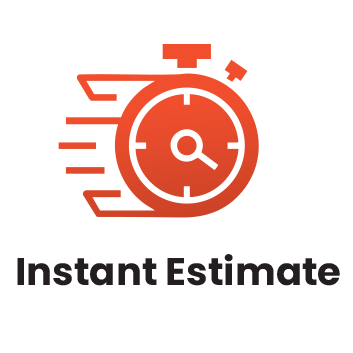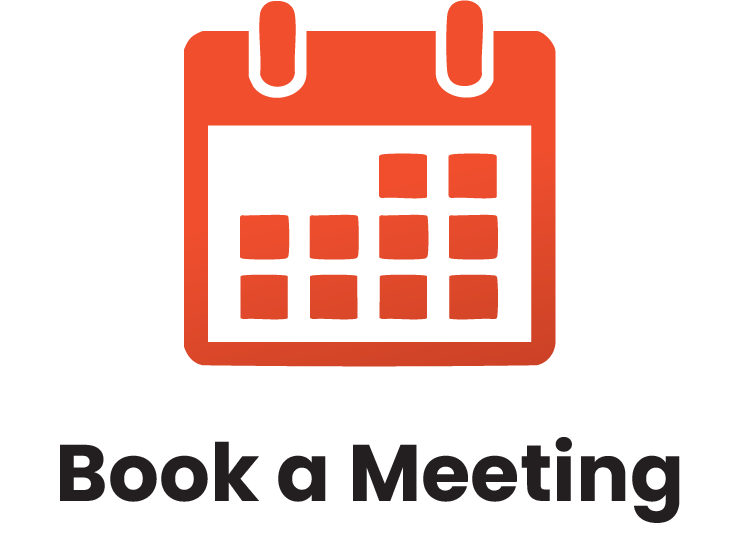Interactive training sessions led by experienced facilitators.
What is In-Person, Instructor-Led Training?
Our in-person training is delivered by a live facilitator who works directly with your team at your location. It’s our most popular format because it allows for real-time interaction, hands-on learning, and direct support.
Every session is tailored to your team’s specific goals, industry, and challenges—no generic, one-size-fits-all programs. Whether it’s a single session or a full training series, we design the experience to be relevant, practical, and fully aligned with your needs.
What is Live Webinar Training?
Live webinars are facilitator-led training sessions delivered online in real time. They’re ideal for teams working in different locations or with busy schedules.
This format offers shorter, more frequent sessions that are easy to coordinate—making it a convenient option for organizations with remote or distributed teams.
What is Virtual Classroom Training?
Virtual Classroom training is live, instructor-led training delivered online. It offers the same interactive experience as in-person sessions, with real-time discussions, group activities, and instructor feedback.
It’s a flexible option for organizations that want to reduce travel, save costs, or better fit training into busy schedules.
What is a Lunch & Learn Session?
Lunch & Learn sessions are short, facilitator-led training sessions delivered in person or online—typically during the lunch hour. They focus on specific topics or skills and offer a quick, engaging way to learn without a full-day commitment.
These sessions can be offered as one-time events or as part of a series, making them a great option for ongoing, bite-sized learning.
Online Learning
Enjoy our self-paced option and learn from anywhere!
$199.00 USD
Writing for the Web
The Internet is full of fascinating places to find information, check out your favorite companies and stores, look for deals, read the news, and much more. However, people don’t read information on the web in the same way that they read a printed newspaper, magazine, or a book. As writers, we have to be very aware of how people approach a web page so that we can create interesting and engaging content. This one-day course is for people who write for readers on the web.
LEARNING OBJECTIVES
Learning Objectives
This one-day workshop will help you teach participants how to:
- Apply engaging techniques that draw readers to web pages
- Plan what to write to reflect their web hierarchy
- Create engaging content, including catchy headlines
- Enhance their writing with other forms of media
- Make their writing accessible to a variety of readers


COURSE OUTLINE
You will spend the first part of the day getting to know participants and discussing what will take place during the workshop. Students will also have an opportunity to identify their personal learning objectives.
What is a Business Plan For?
To begin the course, participants will consider the purpose of a business plan as well as supporting plans.
A General Business Plan Framework
This session will take a closer look at the components of a business plan. Participants will also review their pre-assignment, which asked them to identify the fundamental elements of their business: the company’s values, vision, and mission.
Identifying Your Audience
Next, participants will learn how to identify their audience. We will also share some basic writing rules and explore how to use them to connect with the audience.
Gathering and Analyzing Information
In this session, participants will learn how to gather, read, and analyze information for their business plan.
Defining Your Company
This session focuses on the business elements that need to be defined in the business plan, including the USP (Unique Selling Proposition), company description, product and service descriptions, market analysis, and operations plan.
Getting to Work
At the end of the first day, participants will have an opportunity to start working on their business plan.
Creating a Marketing Strategy
The second day of the course will focus on the elements of a marketing strategy, including competitive analysis, distribution channel analysis, marketing plans, and social media.
Creating the Sales Plan
Next, participants will learn about building their sales force and the sales cycle.
Developing Financial Projections
This session will introduce participants to accounting terminology, generally accepted accounting principles, and financial reports. Participants will also learn how to bring everything together to create financial projections.
Putting It All Together
The final portion of the course will cover writing the executive summary, making a strong presentation, and putting the finishing touches on the plan. Participants will also have some time to work on their own business plan.
Workshop Wrap-Up
At the end of the course, students will have an opportunity to ask questions and fill out an action plan.


















